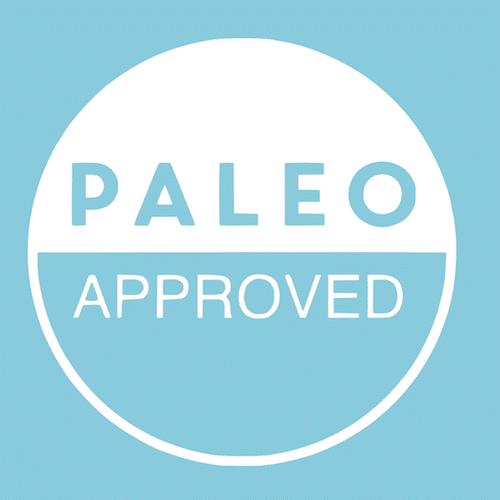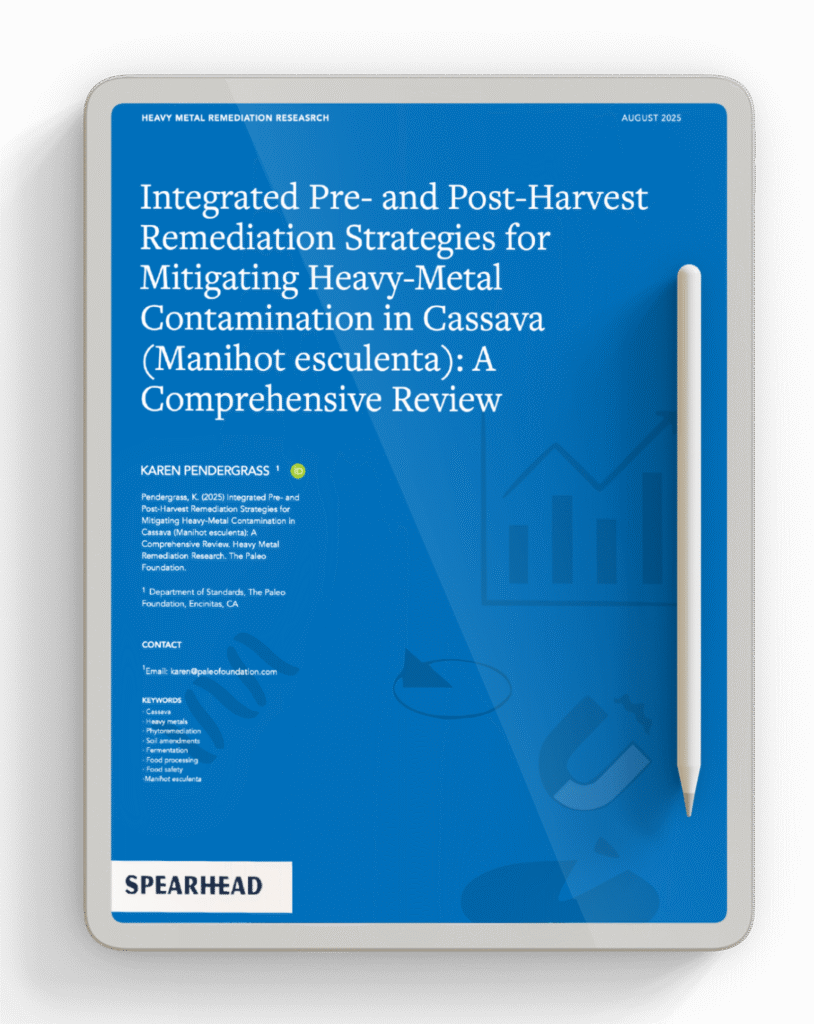Inorganic arsenic persists in rice foods despite recent regulatory tightening. This review collates 2019‑2024 data on arsenic concentrations, analytical advances, risk assessments, mitigation strategies, and enforcement actions in the United States, Canada, European Union, and Asia‑Pacific, with reference to WHO guidance. Brown rice and derivative products—infant cereals, rice snacks, beverages, and protein powders—still exceed health‑based limits in some markets, whereas most polished rice complies with new thresholds. Continued third‑party heavy‑metal testing and transparent reporting are indispensable for sustaining consumer protection and guiding responsible brands.
Methodology
A narrative review was undertaken for publications, surveillance datasets, and regulatory documents issued from January 2019 through December 2024. Sources encompassed peer‑reviewed journals (PubMed, Scopus), governmental portals (FDA, Health Canada, EFSA, National Health Commission of China, FSANZ), Codex Alimentarius records, and recall databases. Inclusion required quantitative data or policy analyses regarding inorganic arsenic in raw rice or rice‑based foods and beverages. Extracted variables included product type, geographic origin, inorganic arsenic concentration, analytical method, applicable legal limit, and any enforcement outcome. Findings were synthesized thematically; speciation data were emphasized because inorganic arsenic drives toxicity.
inorganic arsenic, rice products, infant cereal, HPLC‑ICP‑MS, risk assessment, mitigation, heavy‑metal certification
Arsenic is a ubiquitous metalloid whose inorganic species (arsenite and arsenate) are classified as Group 1 carcinogens and confirmed neurodevelopmental toxicants. Rice grains accumulate inorganic arsenic because anaerobic paddy soils mobilize soil arsenic, allowing plant uptake at levels far exceeding those in other cereals. Consequently, rice and rice‑based products represent a major dietary arsenic source, particularly for infants and populations with rice‑centered diets. Heightened awareness between 2019 and 2024 spurred new maximum limits, enhanced analytical capabilities, and intensified market surveillance worldwide. Understanding these developments is critical for evaluating public‑health impacts and for informing certification programs that verify low‑arsenic foods.
Surveillance studies confirm that brown rice routinely reaches 0.15–0.25 mg kg⁻¹ inorganic arsenic, whereas most polished rice remains below 0.15 mg kg⁻¹. Infant rice cereals average 60–100 µg kg⁻¹, brushing the 100 µg kg⁻¹ action level adopted by the FDA, Health Canada, and the EU. Rice crackers and cakes frequently range from 0.20 to 0.30 mg kg⁻¹, and isolated rice protein powders have exceeded 1 mg kg⁻¹ total arsenic. High‑performance liquid chromatography coupled with inductively coupled plasma‑mass spectrometry now permits sub‑10 µg kg⁻¹ detection of inorganic arsenic, enabling strict enforcement. EFSA’s 2023 risk characterization shows high‑percentile toddler exposures approach the benchmark dose lower limit of 0.3 µg kg⁻¹ day⁻¹ for a 1 % excess cancer risk. Mitigation research demonstrates that alternate wetting‑and‑drying irrigation, silicon fertilization, varietal selection, white‑rice milling, and excess‑water cooking each reduce inorganic arsenic by 20–70 %. Enforcement actions include the 2021 U.S. recall of Beech‑Nut infant rice cereal and multiple EU withdrawals of high‑arsenic rice snacks. Third‑party laboratories now issue certificates of analysis that many retailers require before shelf placement, reinforcing compliance.
Converging international standards—100 µg kg⁻¹ for infant products and 0.10–0.15 mg kg⁻¹ for polished rice—have measurably lowered arsenic exposure but have not eliminated risk, especially where brown rice or rice‑based snacks dominate diets. Regions lacking product‑specific limits, such as India and Australia–New Zealand, remain potential exposure hotspots. Analytical speciation is no longer a technical bottleneck; rather, uneven adoption of mandatory finished‑product testing explains persisting exceedances. Independent heavy‑metal certification fills regulatory gaps, providing market incentives to meet best‑in‑class limits and offering transparent data that can reassure caregivers and drive policy refinement. Future progress depends on harmonizing infant‑food limits at ≤50 µg kg⁻¹, scaling agronomic interventions, and integrating climate‑resilient water management to curb soil arsenic mobilization.
Conclusion
Between 2019 and 2024, arsenic mitigation in rice foods advanced through stricter standards, superior analytics, and proactive recalls; yet brown‑rice derivatives and infant snacks can still surpass health‑protective thresholds. Sustained reduction of dietary arsenic will require coordinated global regulation, adoption of low‑arsenic cultivation and processing practices, and, critically, routine third‑party testing with public disclosure to uphold consumer trust and incentivize continuous improvement.
Beech‑Nut Nutrition Company. (2021, June 8). Voluntary recall of single grain rice cereal. U.S. Food and Drug Administration.
European Commission. (2023). Commission Regulation (EU) 2023/465 amending Regulation (EC) 1881/2006 as regards inorganic arsenic in foods. Official Journal of the European Union.
European Food Safety Authority. (2023). Assessment of dietary exposure to inorganic arsenic in the European population (EFSA Journal, 21, e08488).
Food and Drug Administration. (2020). Guidance for industry: Action level for inorganic arsenic in rice cereals for infants.
Health Canada. (2022). Maximum level for inorganic arsenic in rice‑based foods for infants and young children.
House Subcommittee on Economic and Consumer Policy. (2021). Toxic heavy metals in baby foods (Staff Report).
Karagas, M. R., Punshon, T., & Cottingham, K. L. (2020). Rice intake and emerging concerns on arsenic in rice: A review of human evidence and methodological challenges. Current Environmental Health Reports, 7(3), 275‑286.
Norton, G. J., Nigar, M., Wang, Q., & Meharg, A. A. (2021). Improving rice cultivation practices to minimize arsenic uptake: A review. Agronomy, 11(5), 878.
World Health Organization. (2021). Arsenic: Key facts.
This work is licensed under a Creative Commons Attribution 4.0 International License.
 Heavy Metal Contamination in Dietary Supplements: A Comprehensive Analysis
Heavy Metal Contamination in Dietary Supplements: A Comprehensive Analysis
 Remediation Strategies to Reduce Heavy Metal Contamination in Cassava
Remediation Strategies to Reduce Heavy Metal Contamination in Cassava